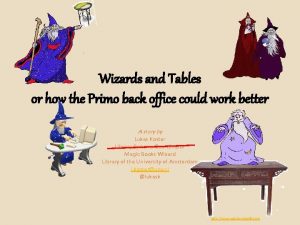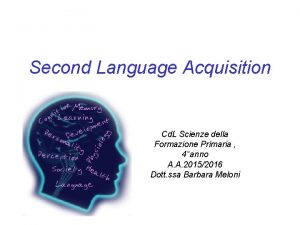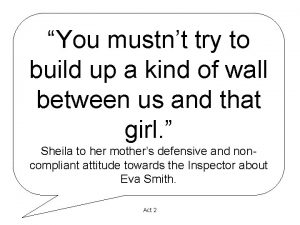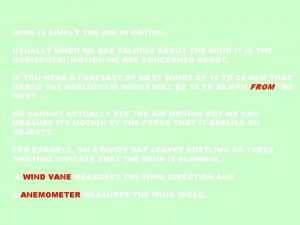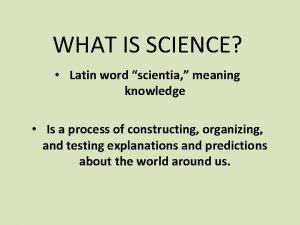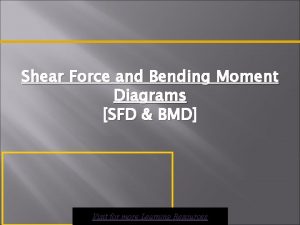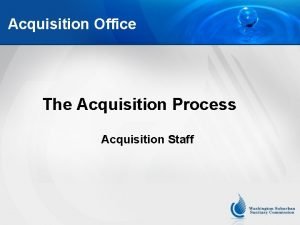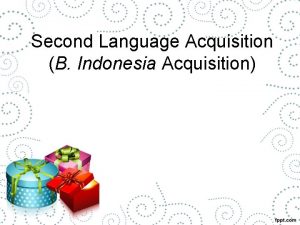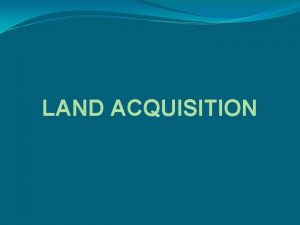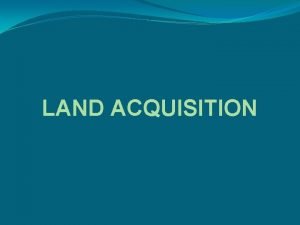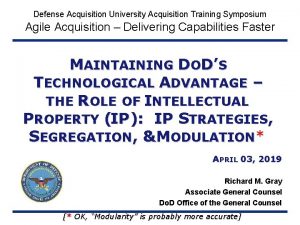Written language acquisition Written language is not simply







- Slides: 7

Written language acquisition Written language is not simply oral language written down.

Learned or acquired? n Word recognition view: learning – Reading = connecting visual cues to sounds/words – Emphasis on words and their components to construct meaning – Learn vocabulary in advance of reading – Read aloud - identify words n Sociopsycholinguistic view: acquisition – Reading = constructing meaning from linguistic cues – Emphasis on background knowledge to construct meaning – Read to acquire vocabulary – Read silently – construct meaning

2 views of reading: goals n Word recognition view – “recoding”: written symbols into oral symbols » “cot” = [kat] » Problem: does learner know what a [kat] is? n Sociopsycholinguistic view – “decoding”: written symbols into meaning » Process of sampling, predicting, inferring, confirming predictions, integrating new information

2 views of reading: methods n Word recognition view – Phonics – Sight words that do not follow phonics patterns – Flash cards – Structural (morphological) analysis n Sociopsycholinguistic view – Phonetic cues along with background knowledge, syntax and semantics – Constructing meaning from individual words and word parts has limited value during reading

2 views of reading: classroom practices n Word recognition view – Teach difficult vocabulary words (and definitions) before reading – Learners read aloud; emphasize pronunciation n Sociopsycholinguistic view – Expose students to vocabulary in range of contexts – Read silently; emphasize strategies for comprehension

Two views of writing: goals and methods n Learning view (traditional approach) – Focus on “product” – Teachers break writing down into component parts and learners compose written piece according to clearly defined structure n Acquisition view (process approach) – Focus on “process” – Teachers provide writing opportunities and emphasize stages of writing process; learners provide creative insight into format

Two views of writing: approach to correctness n Learning view (traditional approach) – Emphasis on orthographical standards from the beginning – Emphasis on form over content n Acquisition view (process approach) – Tolerance of errors; learners will acquire standard forms on their own over time – Emphasis on content over form

